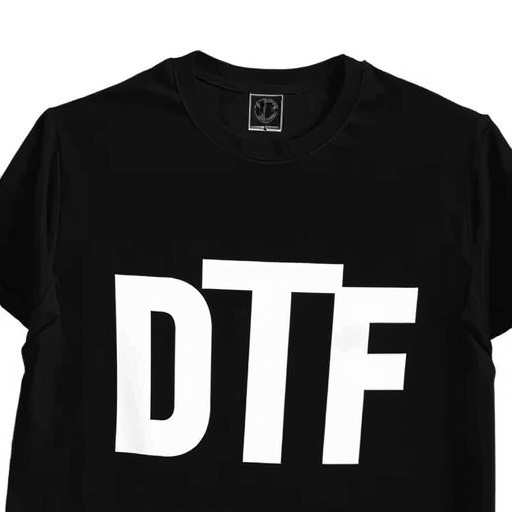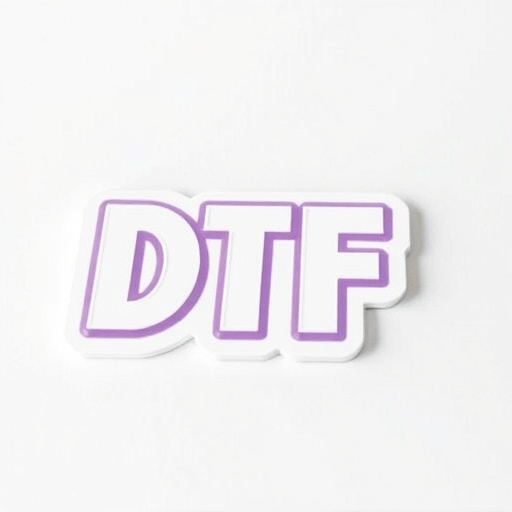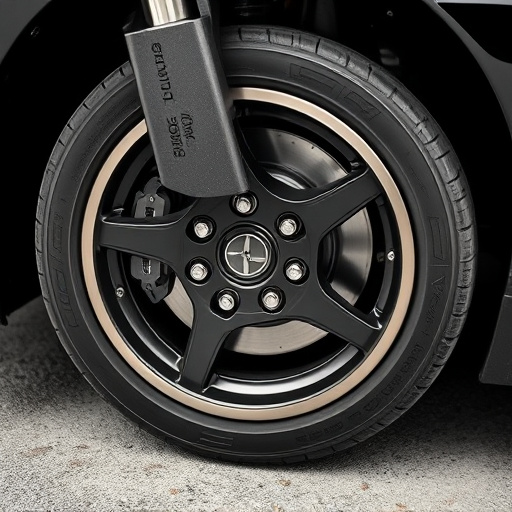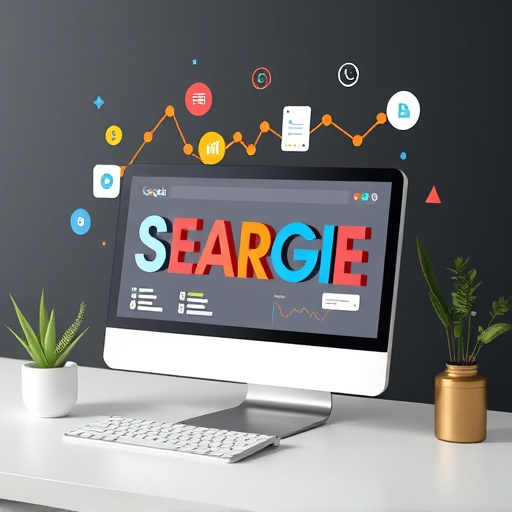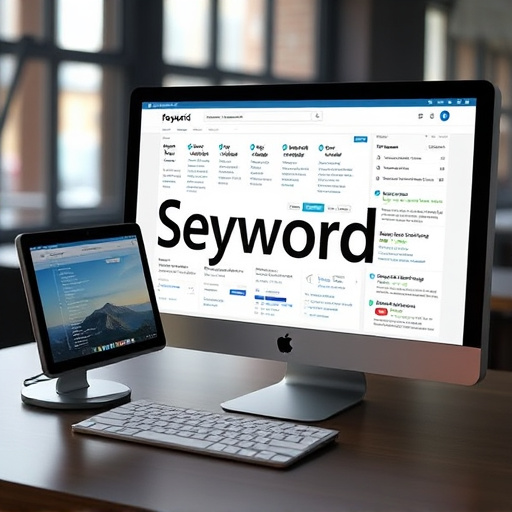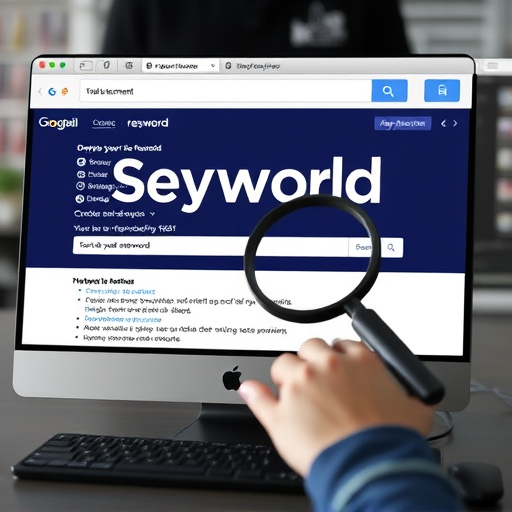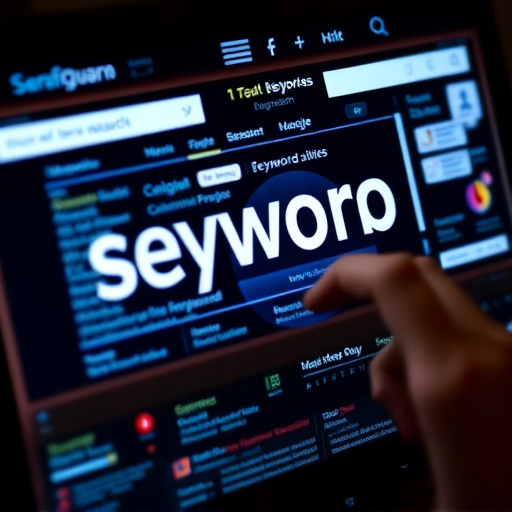Choosing fonts for e-commerce sites requires balancing brand identity and readability, favoring clear sans-serif fonts like Arial or Roboto for body text and using unique serif fonts sparingly for headings. Maintain consistency for brand recognition, avoid decorative fonts that hinder readability, and select complementary fonts for a seamless visual hierarchy that guides users and aligns with SEO goals. Effective typographic choices enhance e-commerce user experience, guide customers through product journeys, convey brand identity, capture attention, improve conversion rates, and increase customer satisfaction, ultimately optimizing search engine rankings.
In the competitive world of e-commerce, a website’s visual appeal can significantly influence user experience and conversion rates. This article explores the art of font and color combinations tailored for e-commerce success. We delve into choosing typography that enhances readability and guides users, while highlighting the psychological impact of colors to create engaging designs. By balancing aesthetics with functionality, you can optimize your site, ensuring a seamless shopping journey. Discover expert tips on font pairing, effective color palettes, and best practices to elevate your e-commerce web design.
- Choosing the Right Fonts for E-Commerce Sites
- – The impact of typography on user experience
- – Popular font styles for e-commerce and why they work
Choosing the Right Fonts for E-Commerce Sites

Choosing the right fonts for e-commerce sites is a crucial aspect of creating an engaging and user-friendly experience. Fonts should reflect your brand identity while ensuring readability across various devices, especially on smaller screens. Opt for clear, sans-serif fonts like Arial, Helvetica, or Roboto for headings and body text, as these types offer excellent legibility. Incorporate unique, serif fonts sparingly for headings or subheadings to add a touch of sophistication. Remember, consistent font usage throughout your site aids in building brand recognition.
When selecting fonts, consider the balance between aesthetics and practicality. Avoid using excessive decorative or script fonts, which can be hard to read on e-commerce sites. Instead, focus on legibility and speed of reading. Additionally, ensure that your chosen fonts work well together, creating a harmonious visual hierarchy that guides users through the site seamlessly. A well-curated font selection enhances the overall e-commerce web design, making it not just visually appealing but also functional, aligning with the goals of an SEO company Plano or local SEO Fort Lauderdale efforts to drive conversions.
– The impact of typography on user experience

Typography plays a pivotal role in shaping the user experience (UX) within e-commerce web design. The choice of fonts and text styles can greatly influence how visitors interact with your online store. A clean, legible, and consistent typography hierarchy guides users through product pages, categories, and checkout processes, ensuring they find what they’re looking for without frustration. Well-selected typefaces not only enhance readability but also convey brand identity, creating a memorable and engaging shopping journey.
In the competitive landscape of e-commerce, where attention spans are limited, effective typography can capture and retain user interest. Balancing aesthetics and functionality through thoughtful font selections and careful spacing ensures your website is as visually appealing as it is user-friendly. This, in turn, can lead to improved conversion rates and customer satisfaction, solidifying the importance of typographic choices in the success of any online retail venture, and why many seek professional web design services for their e-commerce needs, including those offering SEO services Dallas.
– Popular font styles for e-commerce and why they work

In the realm of e-commerce web design, font choices and color palettes play a pivotal role in capturing and retaining customer attention. Popular font styles such as Helvetica, Arial, and Roboto have long been favored due to their clean, modern aesthetics that exude professionalism and trustworthiness—essential qualities for conveying product information clearly and effectively. These sans-serif fonts are known for their readability across various devices, ensuring customers can easily browse and purchase products without visual hindrance.
Moreover, incorporating custom website design elements with strategic color usage can significantly enhance user experience. Vibrant colors like shades of blue and green have been proven to stimulate purchasing behavior, while subtle accents in yellow or orange can draw attention to calls-to-action (CTAs). Website speed optimization should also be considered, as fast-loading pages equipped with well-designed typography and balanced color schemes create a seamless shopping journey. SEO audit services can further complement these design choices by ensuring that visual elements align with on-page optimizations for peak performance in search engine rankings.
In conclusion, the choice of fonts and colors in e-commerce web design significantly influences user engagement and conversion rates. By selecting legible, modern font styles like Helvetica or Roboto, and pairing them with complementary colors such as deep blues or earthy tones, designers can create visually appealing and effective online stores. These elements work together to enhance readability, convey brand identity, and guide users through the shopping journey, ultimately driving successful e-commerce experiences.


